Patient Mailbox: Tired of Covering Myself Up Because of Vitiligo
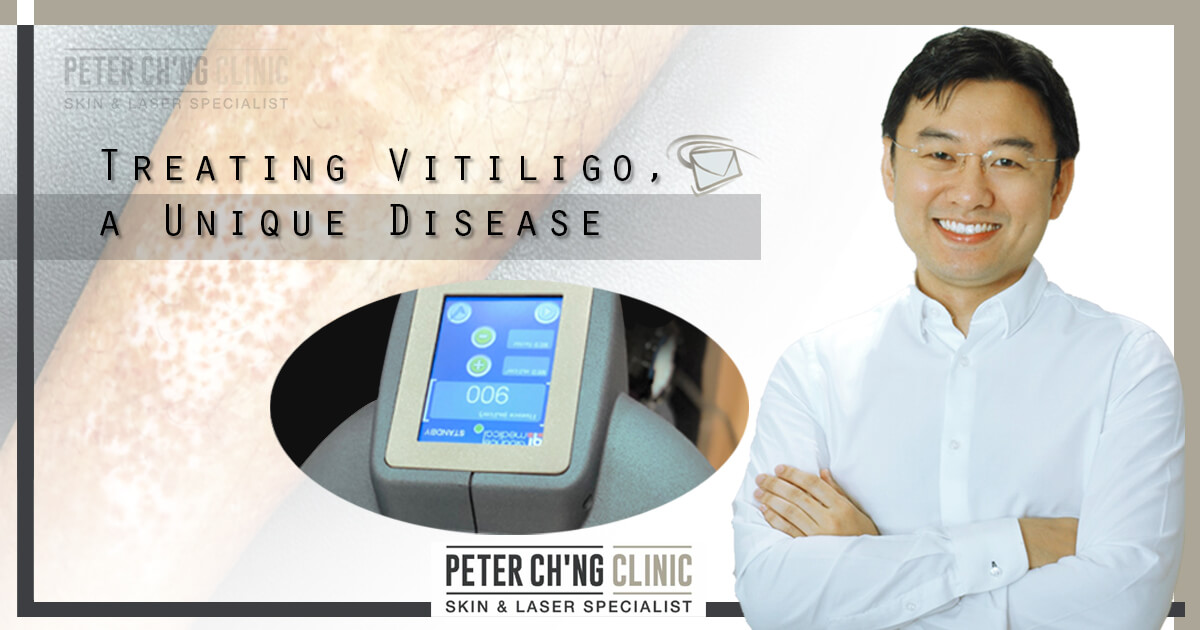
Hello there! How are you doing?
I'm Dr Peter Ch'ng and here's Episode 12 of our Patient Mailbox series. We collect handpicked questions submitted by patients suffering from various skin diseases and condition, and personally answer them with our best efforts. I hope to help any one of you who face challenges from similar situations.
Editor’s Note: Dr Peter Ch’ng is a Consultant Dermatologist actively involved in numerous talks and workshops, and is an esteemed contributor to dermatology research and publishing internationally. He practices at both Peter Ch'ng Clinic Skin & Laser Specialist in Desa Park City and Gleneagles Hospital Kuala Lumpur.
Question:
Hi Dr Peter,
I’m Audrey, I’m 24 this year and I have white patches on my skin, mainly on my hands and my face.
I have had it for more than 10 years, although I used to not think much about it when I was younger. However, after graduating from university and now preparing to enter the working society, I feel uncomfortable having these white patches on my skin.
I realise that I have vitiligo on my skin, so I always have to use makeup to cover up these white patches whenever I go out. Sometimes I even opt to cover myself up with scarfs and long sleeves at social events.
What’s the cause of these white patches on my skin? I heard that stress and hormonal imbalance can also cause vitiligo, is this true?
Is there a treatment that can help treat this condition fast? Will it be completely gone?
Answer:
"What’s the cause of these white patches on my skin?"
We spent some of the previous weeks discussing about different types of pigmentation and skin conditions, but vitiligo, or these white patches on the skin, is a unique disease.
The white patches of vitiligo are different from other diseases. While many skin conditions like dark patches or different skin tone patches are caused by clustered pigments creating pigmentations, vitiligo is caused by depigmentation - meaning that there's no pigment at all in the white patches.
The white patches
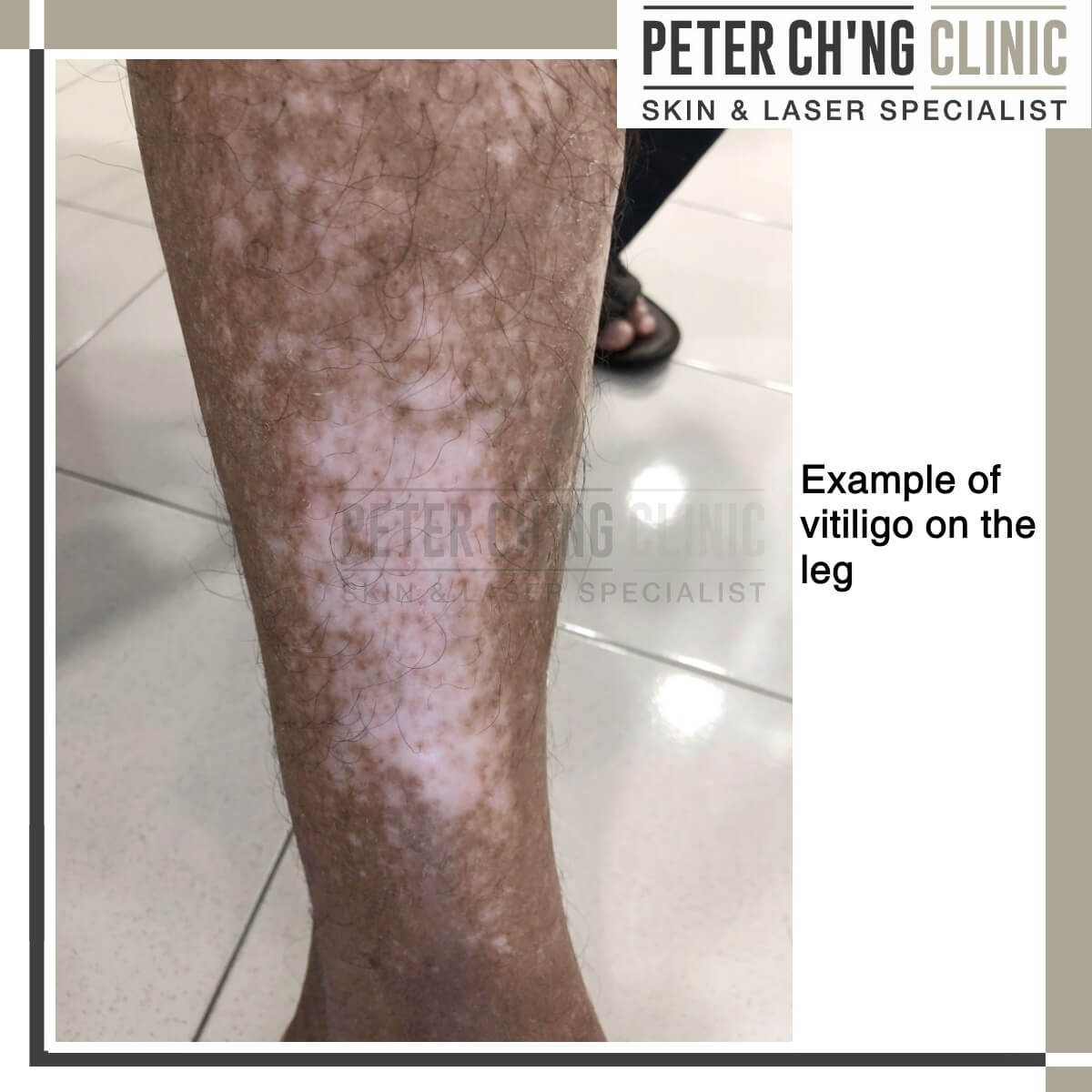
When we see white or light-coloured patches on the skin, we can think of several different conditions.
There's the possibility of fungal infection (tinea versicolor, or popularly known as panau in Malaysia), but this also comes with wrinkling of the skin and development of fine scales over the skin area.
There's also Pityriasis Alba, a skin disorder that causes white patches common among young children on the cheek area. These white patches come from hypopigmentation, which means that there are less pigments, unlike vitiligo where there is no pigment at all.
And then there's the possibility of mycosis fungoides, a form of skin cancer, and leprosy and infectious disease, both of which have signs of white patches on skin.
Vitiligo
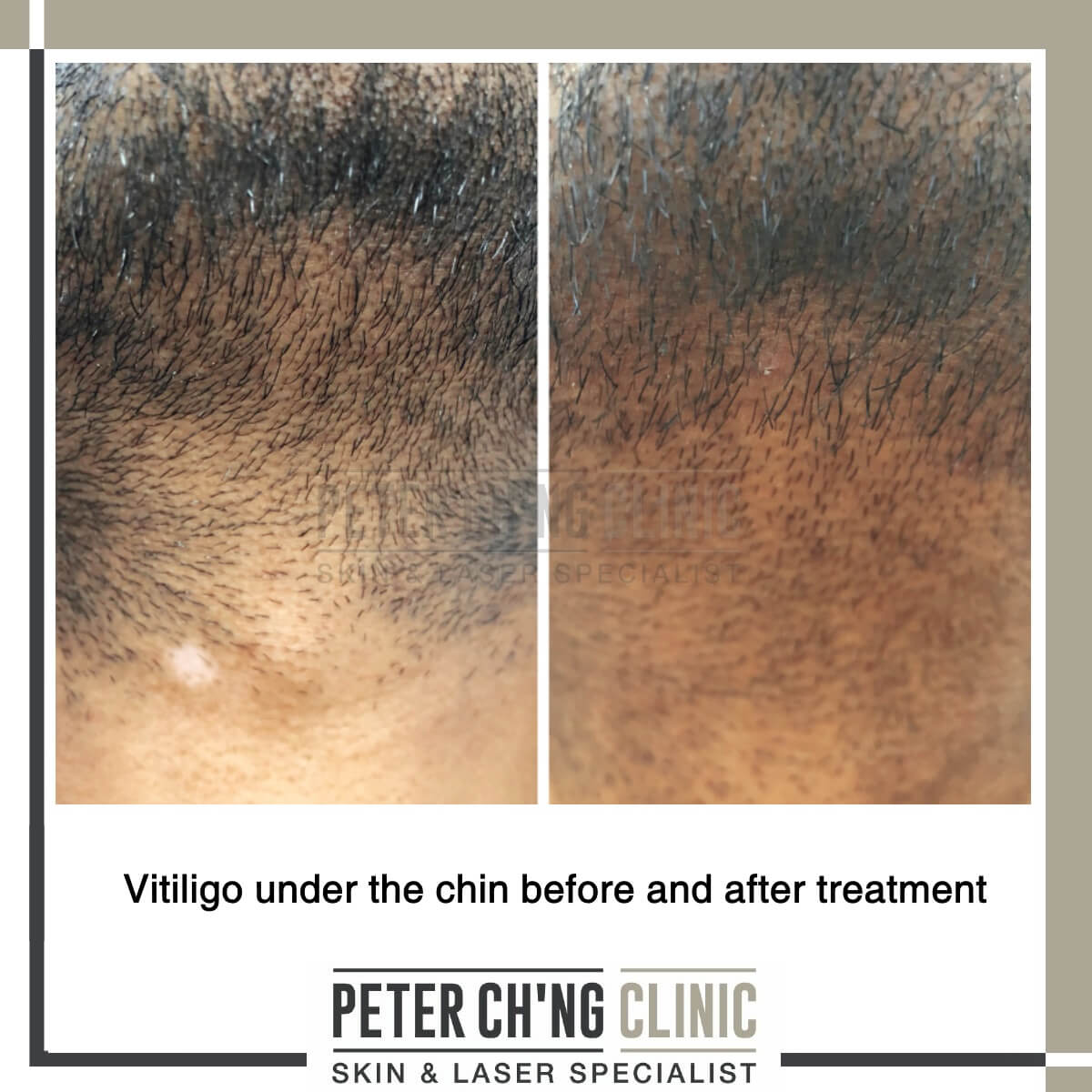
Unlike other skin conditions, vitiligo is the depigmentation of the skin - there are no pigments, so we are left with pale, white skin. Vitiligo is an autoimmune disease. This means that our own immune system, for some reasons, killed our own pigment cells in our skin.
One classic example of vitiligo that I always share with my patients is the case of Michael Jackson. Michael Jackson had a vitiligo condition that was too much for his skin, that instead of treating the vitiligo, he had to bleach whatever remaining pigments on his skin to turn them all into white.
"I heard that stress and hormonal imbalance can also cause vitiligo, is this true?"
Not exactly. Vitiligo is a result of our body immune system killing the pigments in areas of our skin. As to why this happens, up until now we know that genetic plays a significant role, as well as some environmental factors.
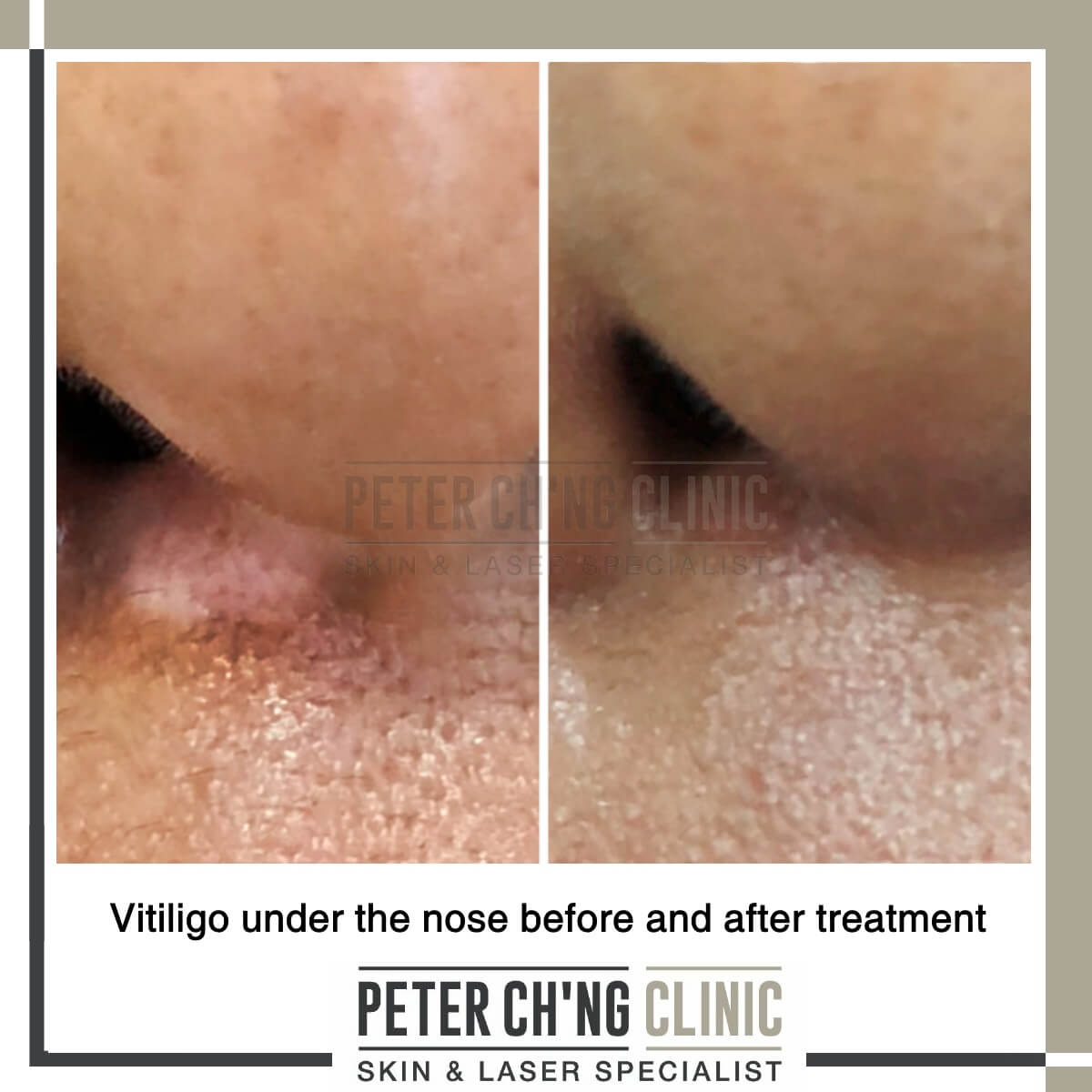
Genetics are certainly a major factor, but even if our family members may not have it, we still have chances of getting vitiligo due to genetic mutation.
Also, when we have an autoimmune disease like vitiligo, the chances of getting another autoimmune disease is higher. This includes diseases like psoriasis, systemic lupus erythematosus (SLE), and thyroid disease.
Treatments for vitiligo
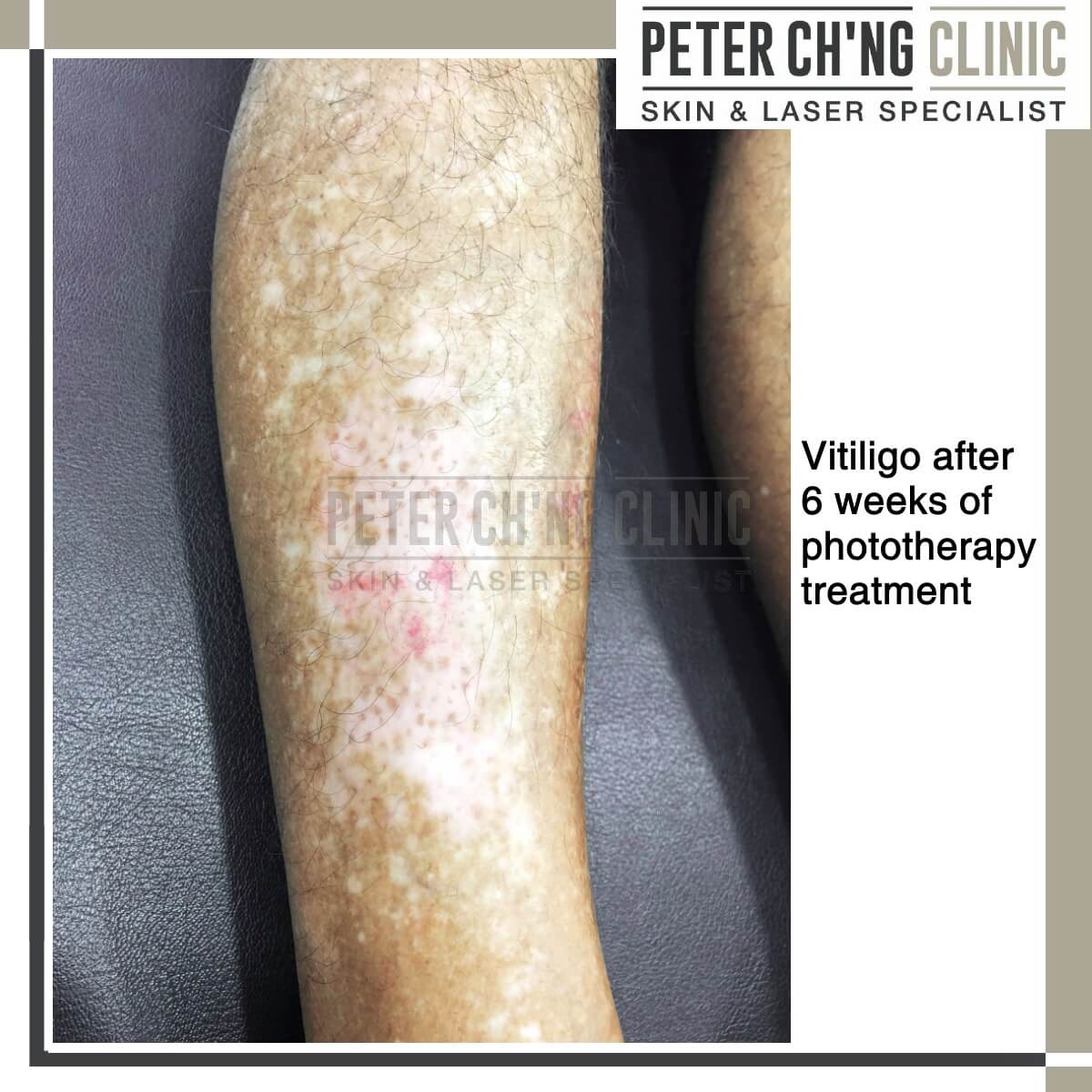
"Is there a treatment that can help treat this condition fast?"
How to treat vitiligo depends on the severity and the skin area where vitiligo is present. If the disease is very severe, we need to treat it more aggressively, and vice versa. If the vitiligo involves the head, hand and feet, we would need a very high energy of light therapy treatment to control the disease.
First off, we have to know if the disease is progressive. Are there new white patches developing everyday? If there are, we need to stop the progression as soon as possible, starting by taking immunosuppressants.
To treat vitiligo, we always start with the topical method, usually using cream to apply on the affected area.
A very effective treatment to treat vitiligo is phototherapy, a skin treatment using light energy to penetrate the skin. However, for the treatment to be effective, patients need to have a phototherapy treatment at least twice a week, and sometimes 3 times a week.
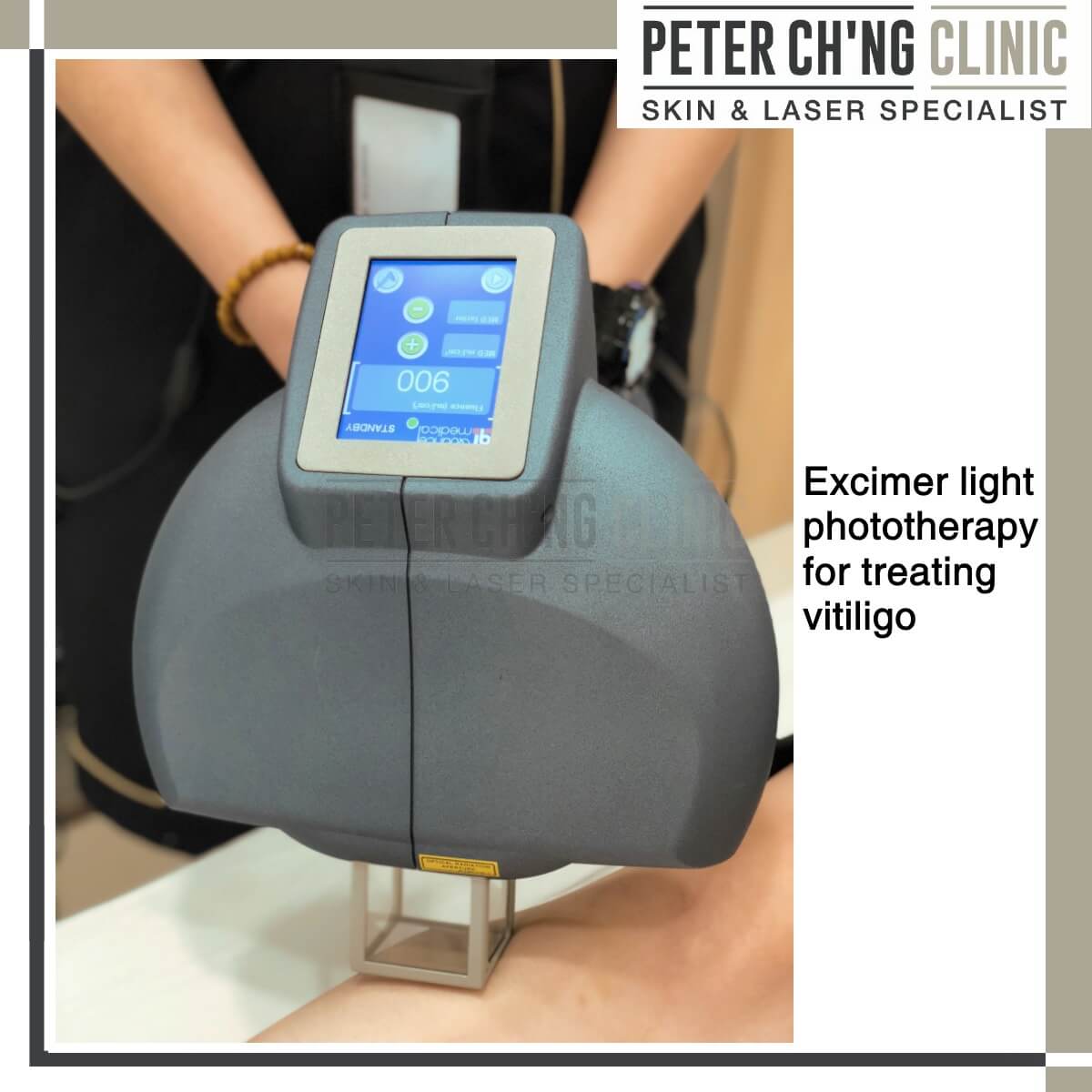
Only after we see a good response of the skin recovering from the disease will we taper down the phototherapy sessions.
Sometimes grafting (skin tissue transplant) is mentioned, but we actually very rarely need to do grafting.
There is also new medication for vitiligo that have recently been approved by the United States Food and Drugs Administration, but it is not available in Malaysia for any indication yet.
What to expect
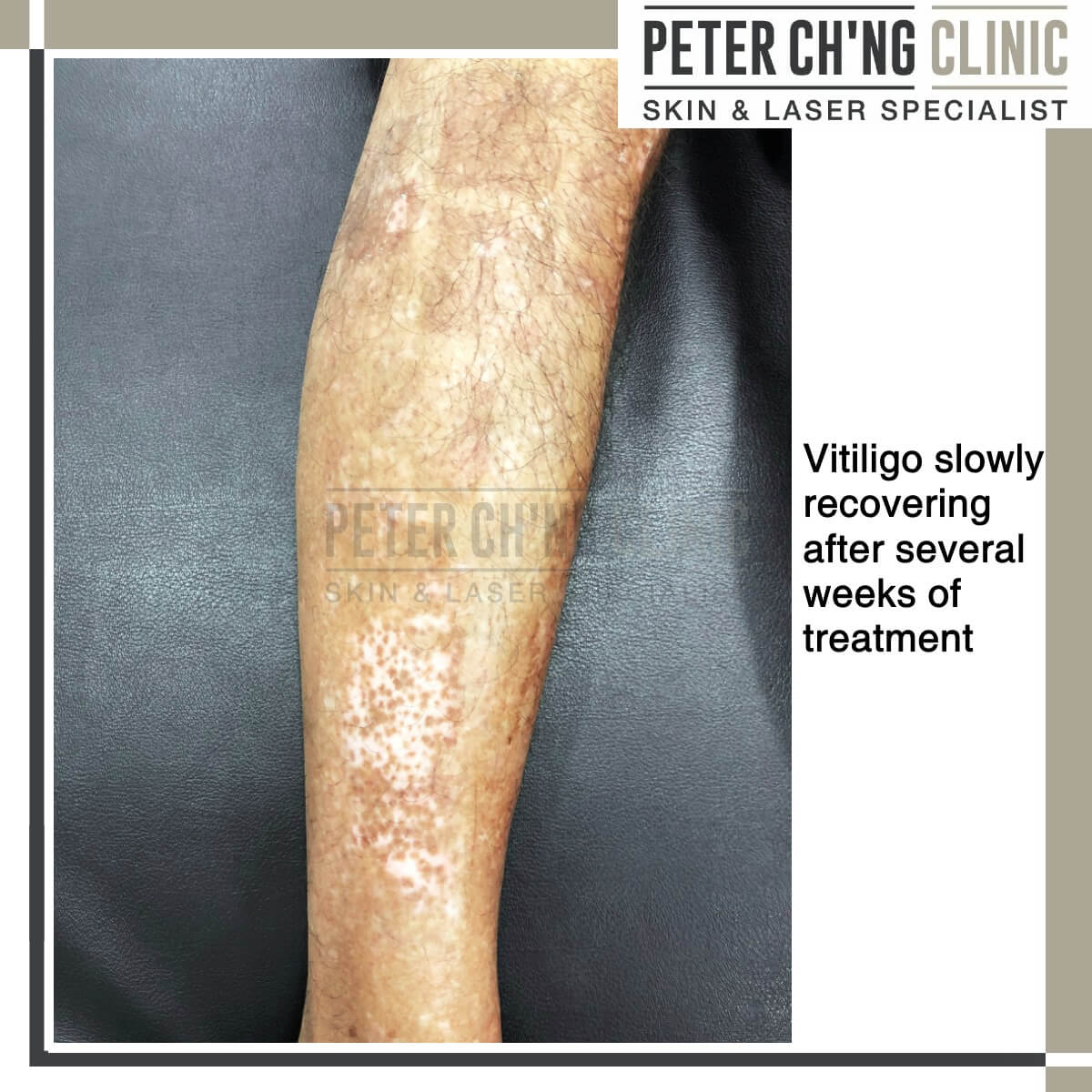
"Will it be completely gone?"
After a treatment for vitiligo, don't expect to see any changes to the skin for at least 1 month. Vitiligo treatments have long follow-ups because there is no sudden re-pigmentation on the skin. The process is slow and happens gradually as the inner layer of our skin slowly starts to produce pigments again.
And during the recovery period, it is very important to protect your skin from sunlight, this is because:
- The skin area/site of vitiligo on the skin is more sensitive to UV (ultraviolet) rays from the sun due to the absence of pigments, so it will be easy to get your skin burnt by the sunlight, and an increased risk of skin cancer
- There would be an even bigger contrast between the skin areas with vitiligo compared to other skin areas, because skin areas without vitiligo have pigments to absorb UV rays, and can become darker. This makes the white patches even more visible.
Lastly, don't scratch on the site of vitiligo, that is, don't scratch on those white patches!
This can trigger a condition known as Koebner's phenomenon, where lesions can happen on the site of trauma, in this case the vitiligo area. Besides, scratching on the vitiligo area can also cause vitiligo to spread!
Vitiligo is a unique disease, but also a treatable one. There is no need to keep trying hard to cover up your skin areas with vitiligo, because we can always take the steps to treat this disease and return your skin to it's best condition.
Look out for next week's entry as we look at some facts and myths about vitiligo!
Cheers.
*Editor’s note: As an esteemed dermatologist and skin specialist, Dr Peter is a renowned doctor in treating various skin conditions. He also prides himself in being able to treat acne patients of all types, with a 100% acne treatment success record. If you’d like to ask more about your skin condition or have a discussion with Dr Peter, call us at +6011-22882299, WhatsApp us here, or book an appointment with Dr Peter here!

If you’d like to ask more about your skin condition or have a discussion with Dr Peter, you can contact us at +6011-22882299, Whatsapp us, or book an appointment with Dr Peter here!
Treatments mentioned in this article :
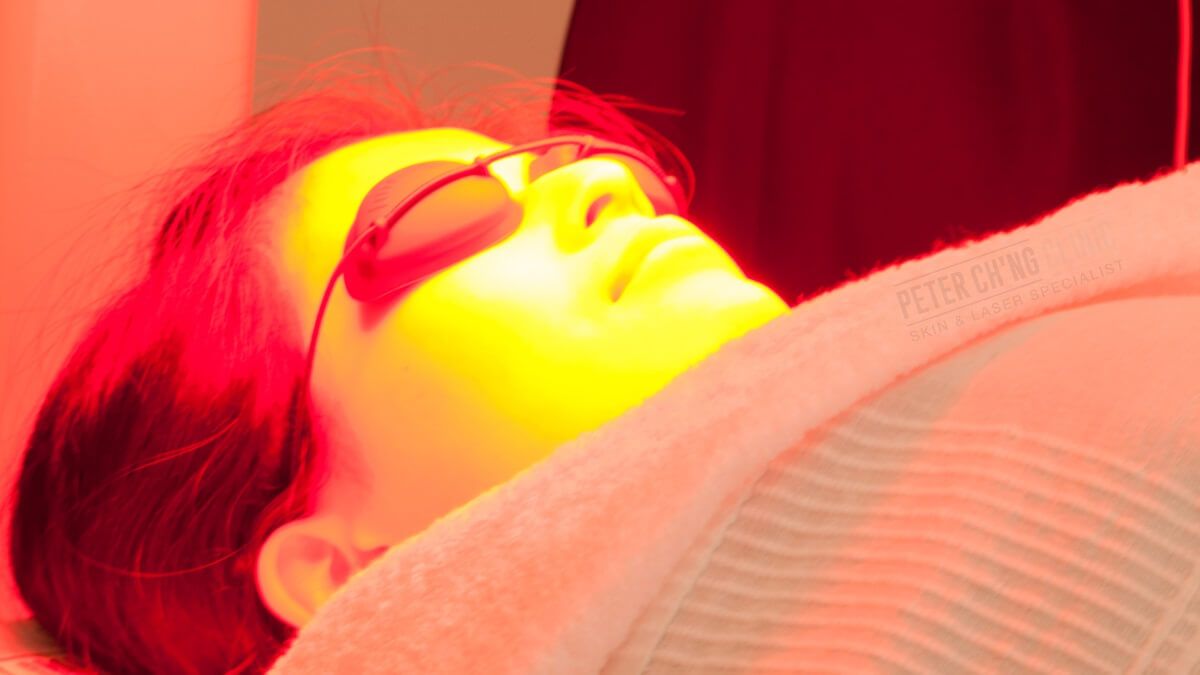
Phototherapy
Phototherapy is a skin treatment using light energy to penetrate the skin. Therefore, it causes minimal pain and discomfort throughout the treatment process.
